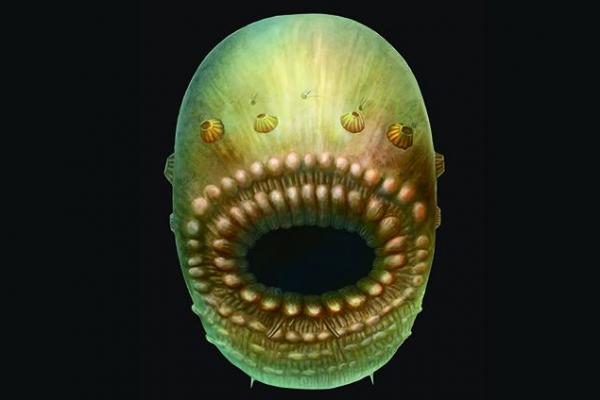
Jan. 30 (UPI) — Humans’ earliest known relative was a small, deep-sea creature resembling a shrunken grocery sack.
New analysis of microfossils recovered from limestone deposits in China have allowed scientists to replicate the appearance of Saccorhytus, one of the first primitive deuterostomes.
Deuterostomes, part of the phylum Cnidaria, split from protostome prior to the Cambrian explosion 540 million years ago. The deuterostome lineage is credited with spawning a variety of sub-groups, including vertebrates.
Now, scientists know what the first deuterostome looked like.
“We think that as an early deuterostome this may represent the primitive beginnings of a very diverse range of species, including ourselves,” Conway Morris, a professor of evolutionary palaeobiology at the University of Cambridge, said in a news release. “To the naked eye, the fossils we studied look like tiny black grains, but under the microscope the level of detail is jaw-dropping. All deuterostomes had a common ancestor, and we think that is what we are looking at here.”
Researchers believe the tiny creature could nestle in between grains of sand on the floor of Earth’s shallow seas. The body of Saccorhytus was bilaterally symmetrical and was covered in thin, flexible skin marked by small conical structures — what researchers estimate were early gills. The sac-like species had a large mouth and would suck in food particles. Because researchers couldn’t find evidence of an anus, they surmise Saccorhytus deposited its waste back out through its mouth.
Scientists described their breakthrough discovery in the journal Nature.
“Our team has notched up some important discoveries in the past, including the earliest fish and a remarkable variety of other early deuterostomes,” added Degan Shu, from Northwest University. “Saccorhytus now gives us remarkable insights into the very first stages of the evolution of a group that led to the fish, and ultimately, to us.”





